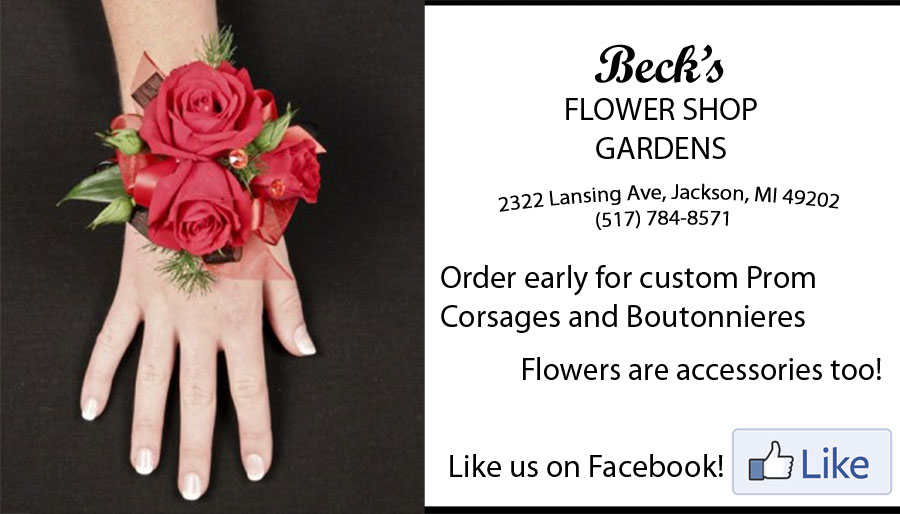Pro-Con: Bandwagon of social media trends
Mar 3, 2017
The world r evolves around social media. There will be Instagram, Twitter, Facebook, and many other mobile applications present practically everywhere a person could dream of going.
evolves around social media. There will be Instagram, Twitter, Facebook, and many other mobile applications present practically everywhere a person could dream of going.
Social media is seen so frequently because it keeps people connected, especially teenagers, in a way that was impossible until a couple of years ago. This connection occurs between not only the social media sites, but also the trends that happen along with them.
Trends such as Snapchat and Instagram stories allow teenagers to share good things and exciting events they are participating in with a specific audience. Only “friends” and “followers” can see these stories, and posting on these websites make it easy to share what they are doing to an intended audience in a few seconds.
Another trend, Pokémon Go, had people of all ages getting active and associating with others. A perfect example of this is Downtown Jackson over the summer of 2016.
I personally was impacted by this and would go downtown and walk around for hours with a few of my friends, along with the other 100 people that were there.
Even though there are some irrelevant trends such as “dabbing” and water bottle flipping, these trends do not hurt anyone. They continue to help make new friends and stay connected.
 Jumping on
Jumping on the bandwagon of social trends murder every piece of originality we hold. As a society we have traded in our own opinions for those that others like and approve of.
the bandwagon of social trends murder every piece of originality we hold. As a society we have traded in our own opinions for those that others like and approve of.
Most people today all seem to be almost the same. They act the same, love the same songs, and wear the same clothes since they bandwagon on the trends they see on media outlets without realizing it.
People listen to certain songs, criticize books they have never read, dab, and do all the “dances” because it is all the rage nowadays and they see it online and think that if they do it they will be perceived as cool by their peers.
Especially in schools the bandwagon effect is prominent. When I was in junior high the “Don’t Judge Me” challenge was a big deal.
A large majority of teenagers partook in this video challenge where young adults would purposely make themselves be unattractive using makeup and messing up their hair, pretending they did not care how they looked. They would then redo their hair and makeup acting more confident than when the video started.
These videos would unintentionally lower the self esteem of their peers and others watching the video.
Originality and personal opinions are beneficial attributes for teenager of today’s society; the bandwagon effect is slowly taking those away.




